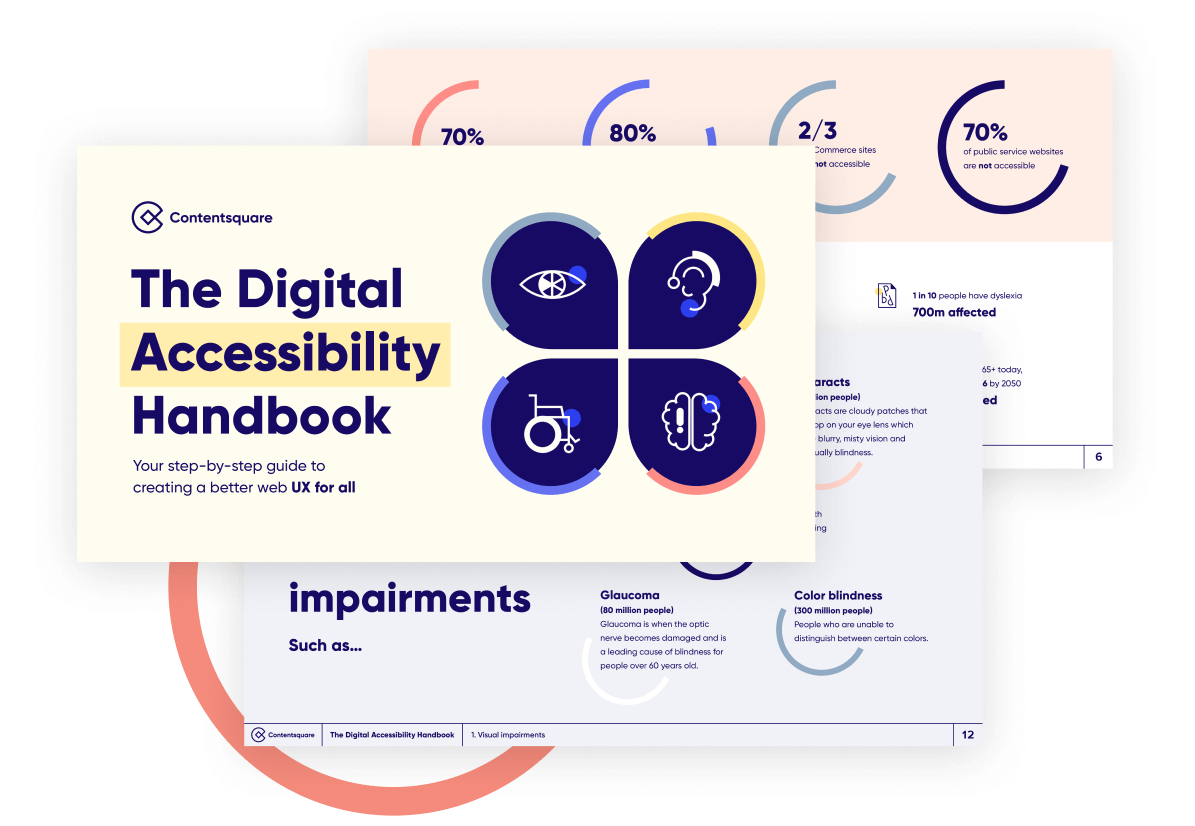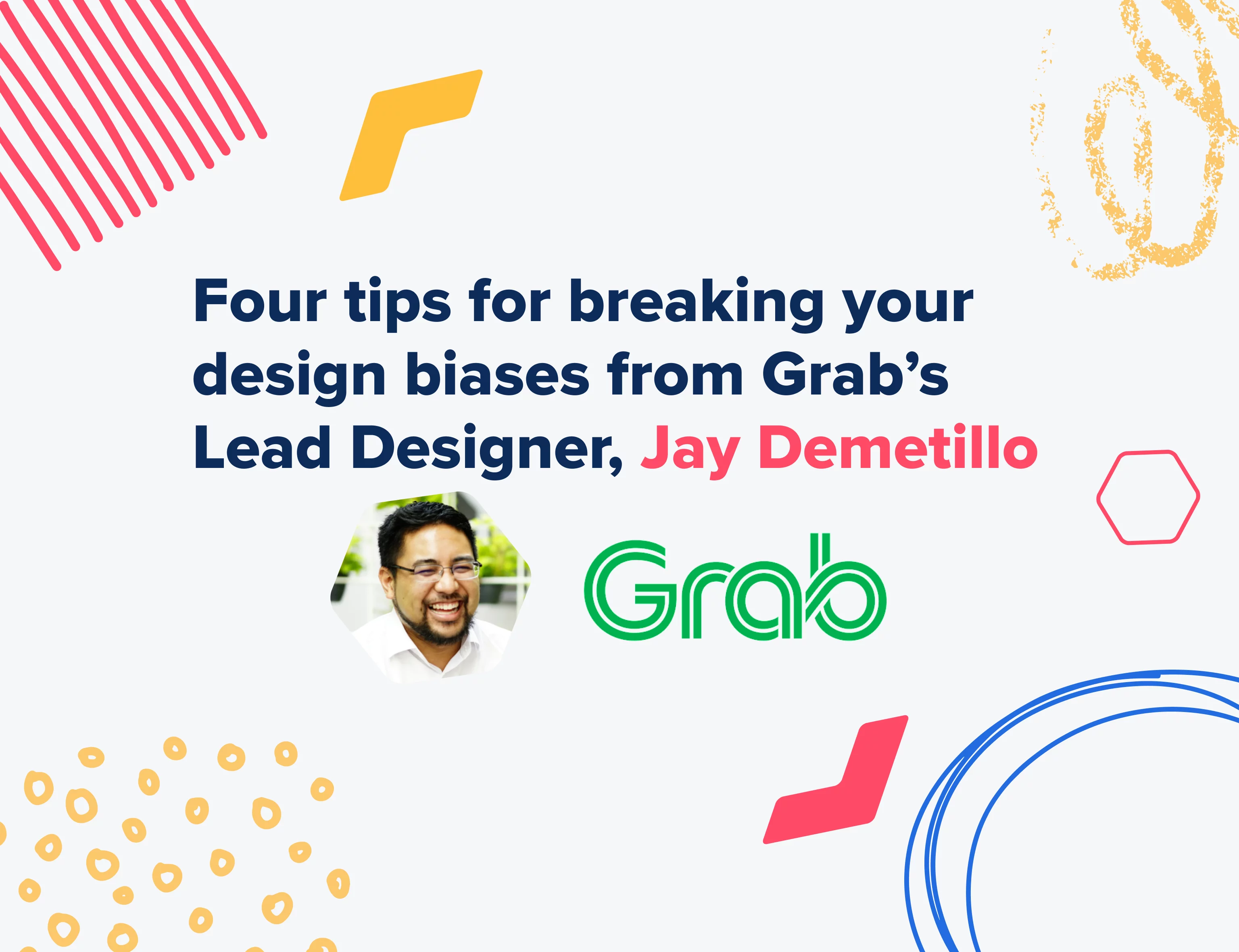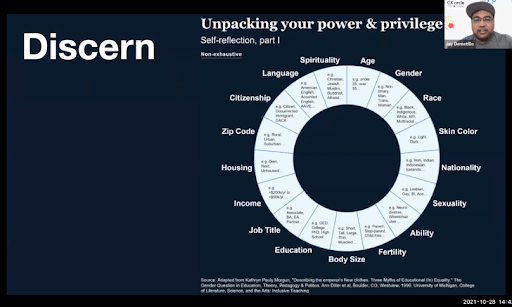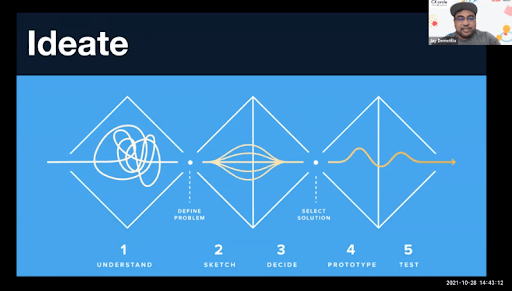
Get the Digital Accessibility Handbook
Download our handy guide to creating better user experiences for all.

Jay describes inclusive design as:
“A design process that’s not restricted to tech interfaces, with a mainstream product or service that’s designed to be usable by as many people as reasonably possible—across different aspects of culture, social stability, language, gender, age, digital accessibility, and disabilities.”
There is a myriad of untapped opportunities when it comes to designing inclusively. And this is something that’s really important within the digital space, because:
Get the Digital Accessibility Handbook Download our handy guide to creating better user experiences for all.

Jay breaks it down into four steps:
“Unpack your privilege and power, realize your biases”
You might not have realized it yet, but there are always preconceived biases and privileges when first designing for another country. It’s critical to recognize and question the assumptions you may hold for other countries, and realize the impact these may have on your design.

“What assumptions do you make in regard to these (innate or situational) traits?”
For Jay, the questions you should consider early in the process are:

Jay explained that before coming to Asia, he didn’t understand what Eastern culture was all about. Working there, he realized that unlike his experience in the United States, the cultures that exist in each country in Asia were vastly different from each other and that Asia wasn’t a monolith.
So how do you find out what your users are actually looking for? It boils down to user research, by going to the ground with your team and talking to your users to understand their daily habits.
“(The ideation process) goes in a loop, you have to keep validating your idea”
The ideation process can be described in these five steps:

Building the right solution is an iterative cycle of listening to your users, understanding their needs and habits to validate and improve on your solution. “Before defining the problem, first identify any underlying biases and talk to your users,” explains Jay.
“Be objective, be unbiased”

Here’s an example of how a company designs inclusively: Lemonade, an insurance company, uses toothbrushes to represent the types of people living in their homes. It is a fun and creative way to show the different options to their users and doesn’t discriminate or show bias in terms of sex or gender.
For more on Grab’s approach to design inclusively, you can catch the full talk here.